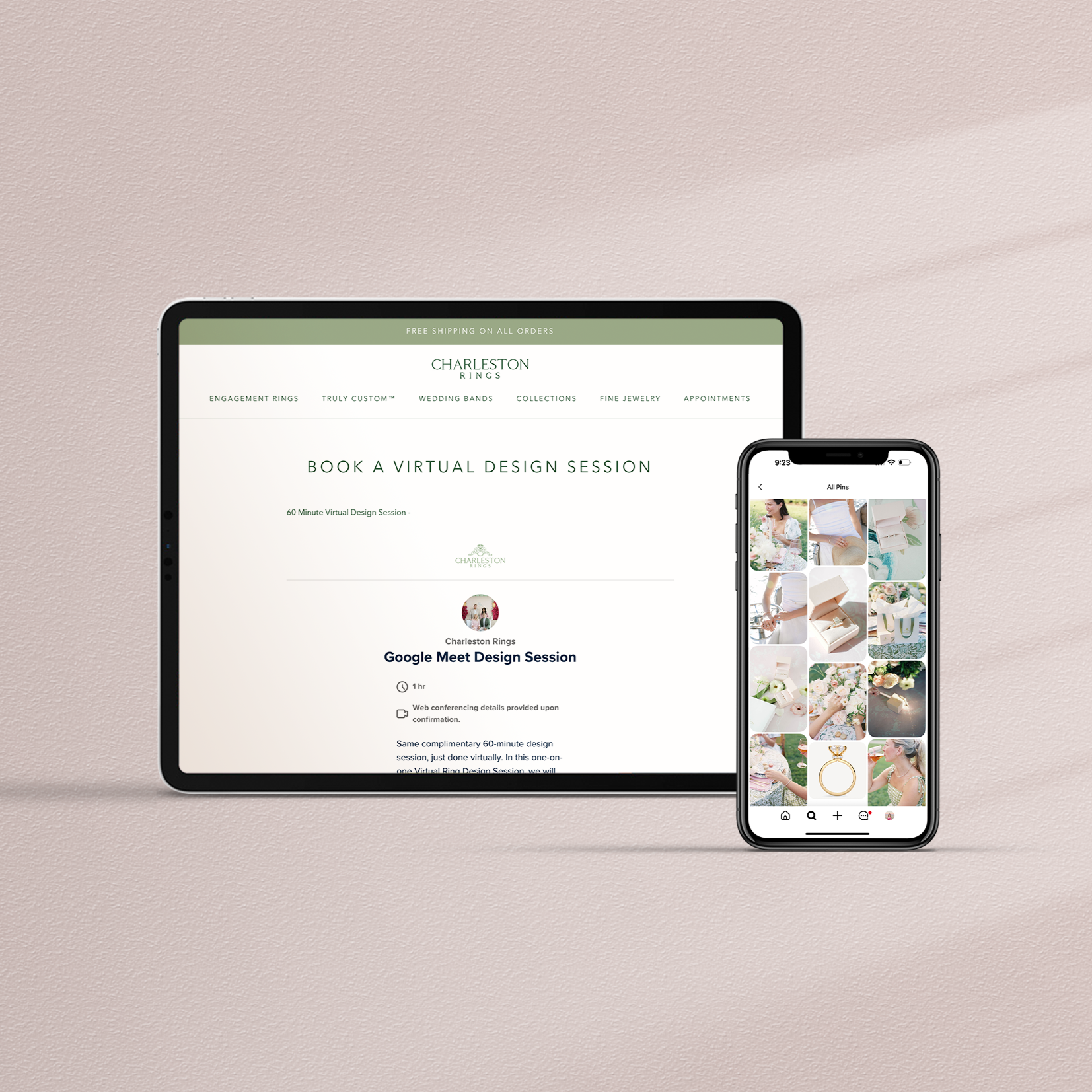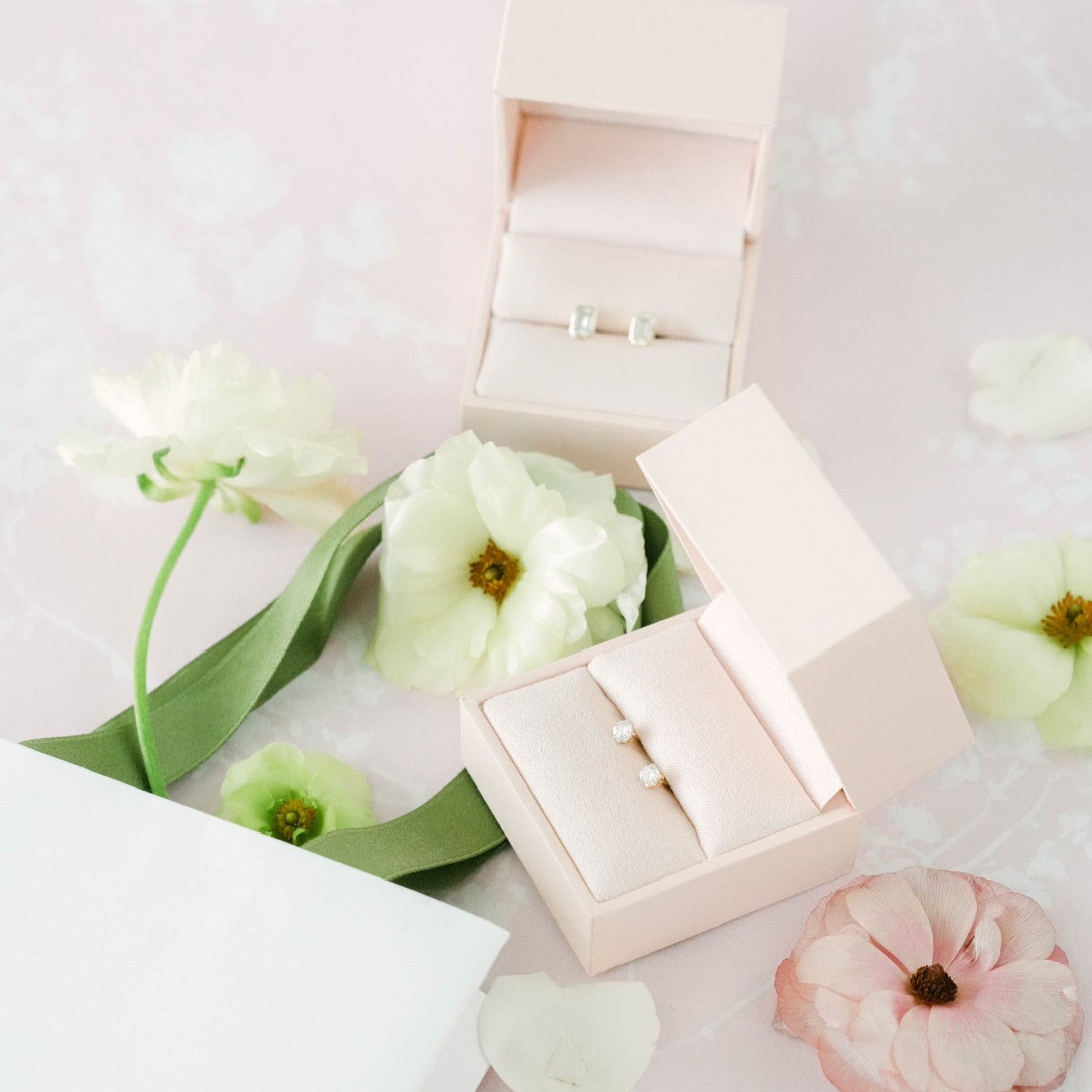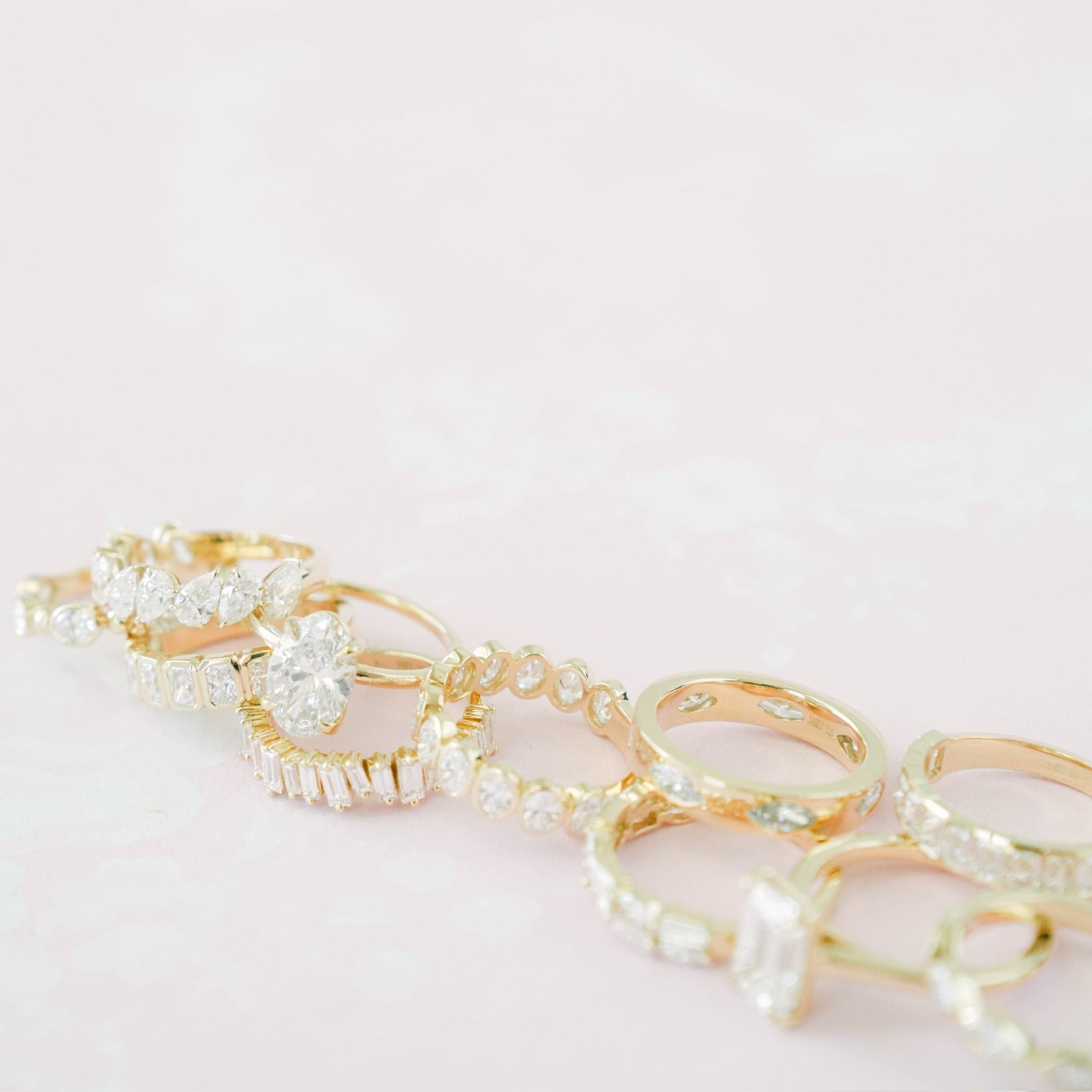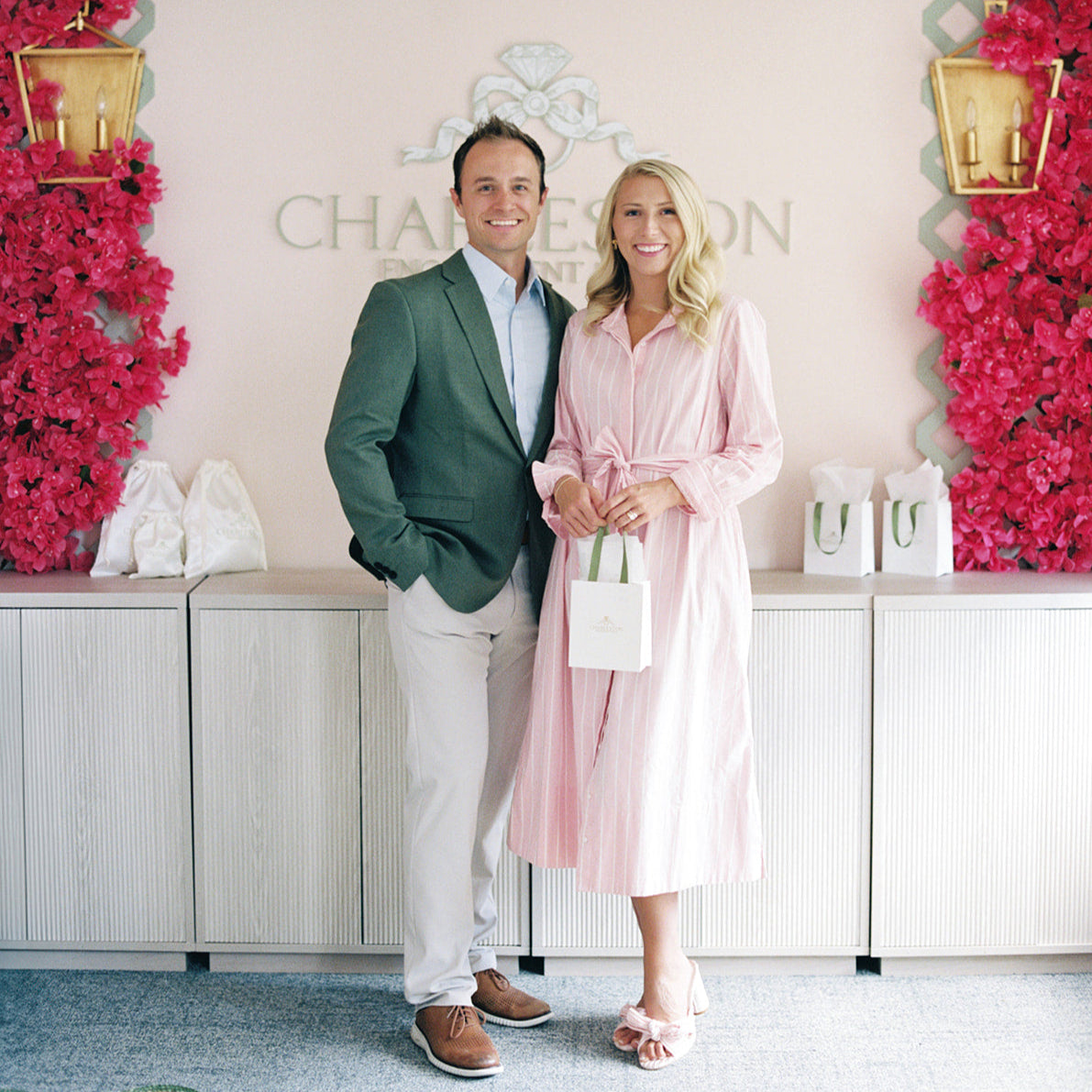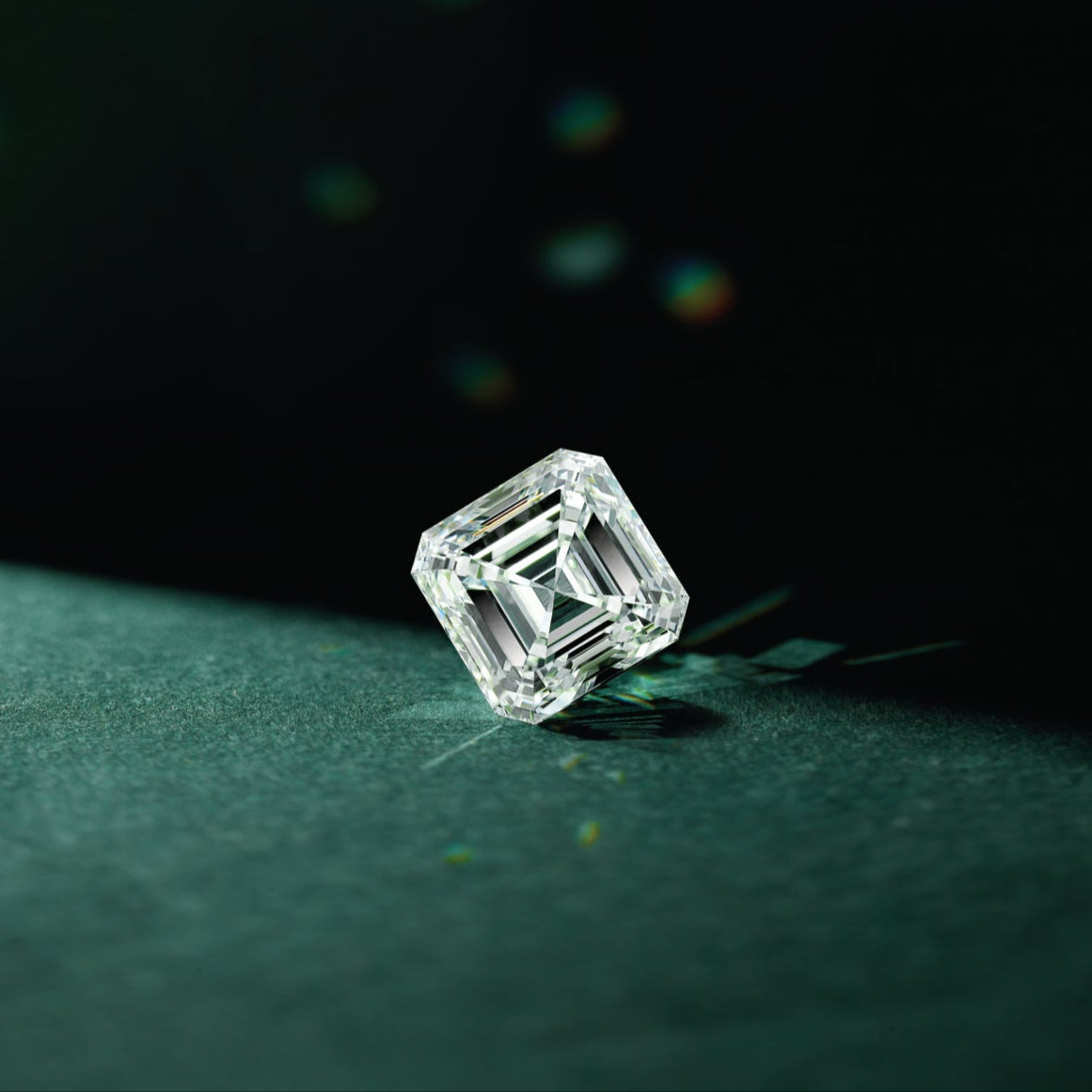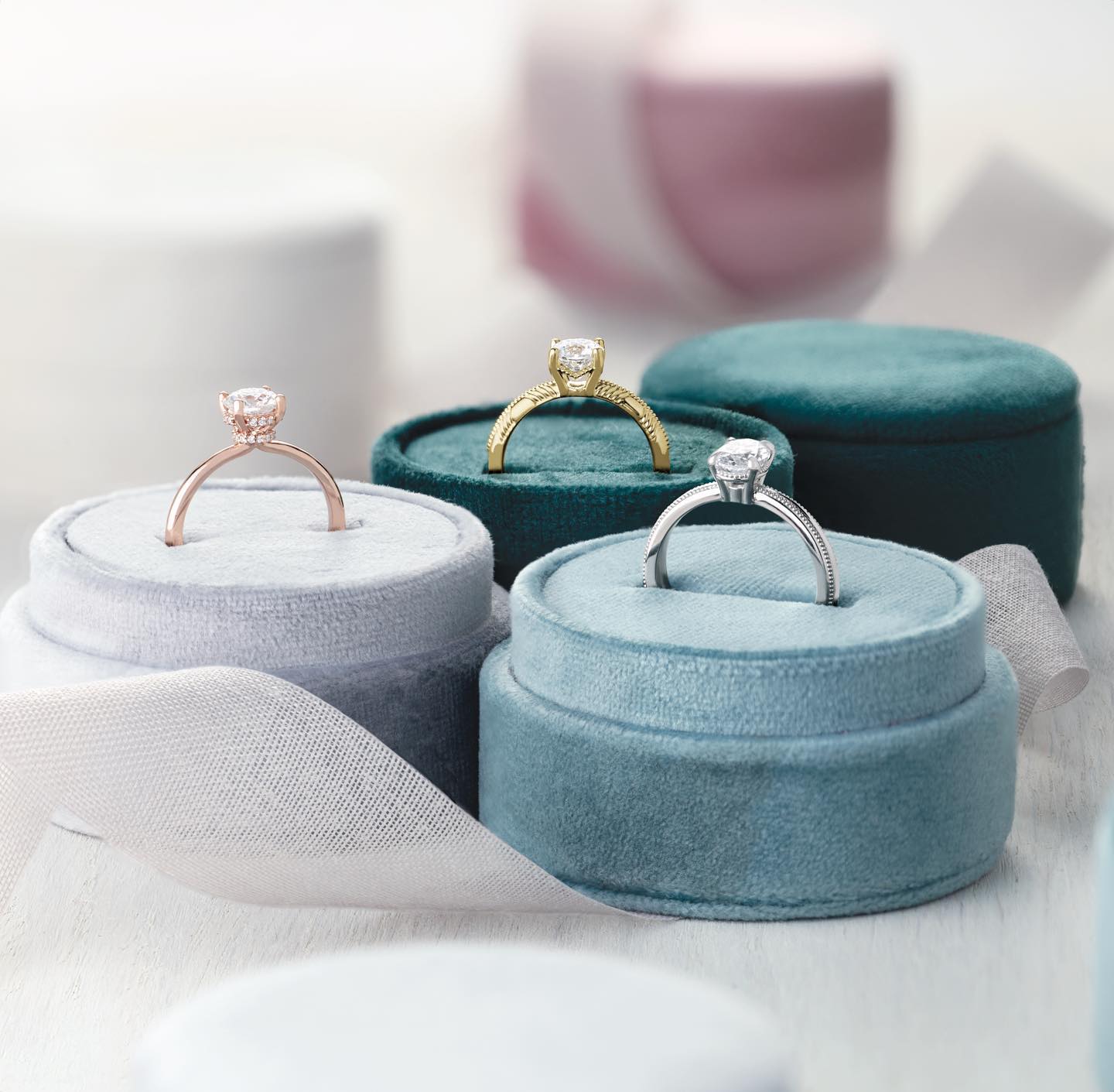
the rise of lab-grown diamonds: the sparkling alternative that’s shaping the future of engagements
Welcome, pre-engagement ring researchers! Get ready to embark on a journey into the captivating realm of lab-grown diamonds. These remarkable gems are not only gaining popularity as a compelling alternative to natural diamonds but also transforming the landscape of luxury jewelry. If you’re curious about what sets them apart and why they might be the better choice, you’ve come to the right place. We’ll explore the many advantages of lab-grown diamonds, discuss their growing social proof, and address some common questions you might have. Let’s dive into the world of sparkling innovation!
environmentally and ethically responsible
One of the most significant advantages of lab-grown diamonds is their eco-friendly and ethical nature. Natural diamond mining can be associated with environmental damage, conflict, and unethical labor practices. On the other hand, lab-grown diamonds are produced in controlled environments, minimizing their ecological impact and ensuring they are conflict-free. This ethical aspect appeals to the growing number of consumers who prioritize sustainability and social responsibility in their purchasing decisions.
The Kimberley Process Certification Scheme (KPCS) was established to address the issue of conflict diamonds and improve the ethical standards of the diamond industry. However, this process has several limitations that fail to fully ensure the ethical sourcing of natural diamonds.
Narrow focus on conflict diamonds: The Kimberley Process only targets conflict diamonds, which are diamonds used to fund armed conflicts against governments. This narrow focus ignores the broader spectrum of ethical and social issues associated with diamond mining, such as human rights abuses, forced labor, and child labor.Lack of comprehensive monitoring: The Kimberley Process relies on a system of self-regulation, in which participating countries are responsible for monitoring their diamond trade. This approach creates opportunities for corruption and smuggling, as well as makes it difficult to guarantee that all certified diamonds are conflict-free.
Inadequate attention to environmental concerns: The Kimberley Process does not address the significant environmental impact of diamond mining, such as habitat destruction, soil erosion, and water pollution. As a result, certified diamonds may still contribute to environmental degradation.
In contrast to the limitations of the Kimberley Process, lab-grown diamonds offer a more comprehensive solution to the ethical and environmental concerns associated with diamond production. By producing diamonds in controlled laboratory settings, lab-grown diamonds eliminate the need for large-scale mining operations, which are often linked to habitat destruction, pollution, and unethical labor practices.
Furthermore, lab-grown diamonds do not contribute to funding armed conflicts, as they are not extracted from war zones or conflict areas. This aspect ensures that consumers can confidently purchase lab-grown diamonds, knowing that their purchase supports a conflict-free and environmentally responsible industry.
As awareness of the ethical and environmental issues associated with natural diamond mining grows, more consumers are seeking alternatives that align with their values. Lab-grown diamonds provide an ideal solution, offering the same beauty and durability as natural diamonds, while upholding higher ethical and environmental standards. This shift towards lab-grown diamonds represents a critical step in transforming the diamond industry into one that values sustainability and social responsibility as much as it values luxury and elegance.
more affordable without sacrificing quality
Lab-grown diamonds are generally more affordable than their natural counterparts, making them an attractive option for those who will also be planning a wedding and a honeymoon soon! Despite their lower price tag, they possess the same beauty, durability, and sparkle as natural diamonds. This means you can get a larger or higher quality diamond for the same price as a smaller or lesser quality natural diamond, allowing more people to enjoy the luxury of owning a stunning gemstone without breaking the bank.
For Example, when a couple comes to design their custom engagement ring with us with a $10,000 budget, they are typically able to design their perfect ring using a diamond that is much higher quality and about twice the carat weight of the natural diamond equivalent!
Here is some sample math (at the time of writing, the example prices are correct) to show the difference:
| Natural Diamond | Lab Grown Diamond | |
| Carat Weight | 1.5 Carats | 2.9 Carats (Buy Shy for value) |
| Cut | Radiant Cut | Radiant Cut |
| Color | J Color (End of near colorless range) | E Color (5 grades better and Colorless) |
| Clarity | SI2 (visible inclusions from 6-18 inches away) | VS1 (Eye Clean and 3 grades better) |
| Diamond Cost | $7,800 | $7,800 |
| Setting Cost | $1,300 | $1,300 |
| Tax Cost | $900 | $900 |
| Total Cost | $10,000 | $10,000 |
technologically advanced and precise means no compromise on longevity and sparkle
Lab-grown diamonds are created using cutting-edge technology that replicates the natural diamond formation process. The two processes are HPHT (High Pressure, High Temperature) or CVD (Chemical Vapor Deposition). This allows for precise control over the diamond’s properties, such as color and clarity. As a result, lab-grown diamonds can often be of higher quality than natural diamonds, which are subject to the unpredictable conditions of the Earth’s mantle. This technological advancement has not only resulted in superior gems but also piqued the interest of tech-savvy and forward-thinking consumers.
Lab-grown diamonds are just as durable as natural diamonds, with a rating of 10 on the Mohs scale of mineral hardness. This means they are equally resistant to scratching, chipping, or breaking, ensuring that your diamond will last a lifetime and beyond. Additionally, lab-grown diamonds maintain their sparkle just as well as natural diamonds, as long as they are well-cut and properly cared for. This enduring brilliance makes lab-grown diamonds a worthwhile investment for both style and longevity.
growing acceptance and popularity
The rising awareness of lab-grown diamonds has led to increased acceptance and popularity among various groups. Many celebrities, including A-listers like Leonardo DiCaprio and Meghan Markle, have embraced lab-grown diamonds as a more responsible choice, showcasing them on red carpets and in their personal collections. This celebrity endorsement has contributed to the changing perception of lab-grown diamonds, positioning them as a high-end, desirable choice.
Moreover, the younger generation of consumers, particularly millennials and Gen Z, are increasingly opting for lab-grown diamonds due to their ethical and sustainable production. This growing trend has led to a surge in demand, with many luxury jewelers and retailers adding lab-grown diamonds to their collections.
social proof and the power of influence
The increased visibility of lab-grown diamonds in popular culture, combined with celebrity endorsements and growing consumer demand, has created a powerful social proof for these gems. Celebrities such as Meghan Markle, Penélope Cruz, and Emma Watson have embraced lab-grown diamonds, wearing them on red carpets and in their personal collections. By choosing to showcase these eco-friendly and ethically sourced diamonds, these celebrities are leading the way in redefining what luxury jewelry can and should represent in the 21st century.
As more people share their positive experiences with lab-grown diamonds, their reputation as a luxurious and responsible alternative to natural diamonds continues to grow. Social media platforms like Instagram, Pinterest, and Facebook are filled with images of stunning lab-grown diamond engagement rings and jewelry pieces, often accompanied by testimonials from satisfied customers. These posts not only showcase the beauty and sparkle of lab-grown diamonds but also highlight their ethical and sustainable origins. This growing online presence has encouraged more people to consider lab-grown diamonds as a valid and desirable option for their jewelry purchases.
This social proof further solidifies the status of lab-grown diamonds as a viable and attractive choice for discerning buyers who seek both elegance and sustainability in their jewelry purchases. For example, popular luxury jewelry brands such as Swarovski and Brilliant Earth have added lab-grown diamonds to their collections, recognizing the increasing demand for these gems. As the market for lab-grown diamonds continues to expand, it is likely that more established jewelry brands will follow suit, further cementing the position of lab-grown diamonds as an accepted and celebrated alternative to natural diamonds. This shift in consumer preferences and industry recognition highlights the growing importance of sustainability and ethical sourcing in the world of luxury jewelry.
to sum it all up
The rise of lab-grown diamonds is a testament to the evolving landscape of luxury and the growing emphasis on sustainability and social responsibility. With their environmentally friendly and ethical production, affordability, technological precision, durability, and growing acceptance, lab-grown diamonds are quickly becoming the sought-after choice for those looking for a beautiful and responsible gemstone.
The power of social proof and the influence of celebrities, combined with the desire for jewelry to reflect what the wearer values, have further elevated the status of lab-grown diamonds in the world of high-end jewelry. As this sparkling trend continues to gain momentum, it’s clear that lab-grown diamonds are not only here to stay, but they are also redefining what it means to wear a symbol of luxury, elegance, and eternal significance.




